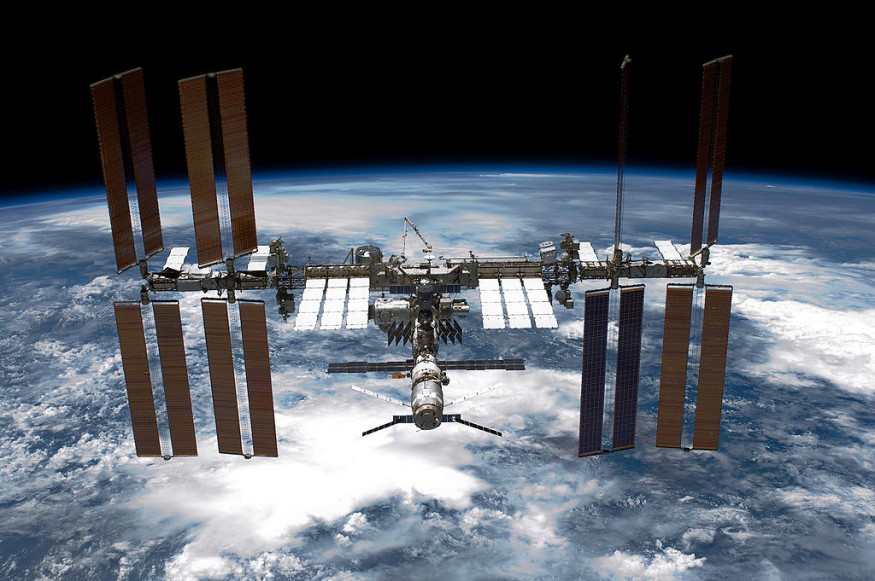
On Sunday, Kennedy Space Center launched a SpaceX cargo of ants, avocados, and a human-sized robotic arm. The shipment, which is expected to arrive on Monday, will be the company's 23rd for NASA in just over a decade.
NASA's Kennedy Space Center launched a refurbished Falcon rocket into the early morning sky. After lifting the Dragon spacecraft, the first-stage rocket landed upright on SpaceX's newest ocean platform, "A Shortfall of Gravitas," after lifting the Dragon spacecraft. Elon Musk, the founder of SpaceX, has named the booster-recovery boats after the late science fiction writer Iain Banks and his Culture trilogy.
Dragon Carrying Supply

The Dragon is carrying more than 4,800 pounds (2,170 kilograms) of supplies and experiments, as well as fresh food for the space station's seven astronauts, including avocados, lemons, and even ice cream.
Scientists from the University of Wisconsin-Madison are flying up seeds from mouse-ear cress, a tiny flowering weed used in genetic studies, while Girl Scouts are sending up ants, brine shrimp, and plants as test subjects. Weightlessness will also be applied to concrete, solar cells, and other materials.
Related Article : Worms are Being Sent Into Space in an Effort to Understand Muscle Loss in Microgravity
Robotic Arm Sent to Space
Meanwhile, an experimental robotic arm developed by a Japanese start-up firm will attempt to screw objects together in orbit and do other tedious tasks typically performed by astronauts. The initial experiments will take place within the space station. According to Toyotaka Kozuki, chief technology officer of Gitai Inc., future generations of the company's robot will go into space to perform satellite and other maintenance operations.
He said that a squad of these arms might assist in constructing lunar outposts and the mining of the moon for valuable minerals as early as 2025.
Because of delays caused by COVID-19, SpaceX had to abandon several tests. It was the second attempt after the first was thwarted by bad weather on Saturday.
After the space shuttle program ended in 2011, NASA turned to SpaceX and other American firms to carry supplies and personnel to the space station.
Golden Age of the ISS

The International Space Station has reached its "Golden Age" after 20 years of continuous residence and is bustling with activity, mainly due to the resumption of US rocket launches via commercial partner SpaceX.
However, although this emblem of post-Cold War collaboration has a bright future, NASA plans to disengage by the end of the decade, creating a void that the private sector and China want to fill.
Multiple Partnerships
At a recent news conference, NASA's human spaceflight program manager Kathy Lueders remarked, "This space station has become the spaceport we wanted it to be."
The United States, Russia, Europe, Japan, and Canada pledged to keep the ISS operational until 2024.
"We have certified ISS to fly till the end of 2028 from a technical perspective," NASA said in a statement to AFP. "Moreover, our study found no difficulties that would prevent us from expanding beyond 2028 if necessary."
For more Space news, don't forget to follow Nature World News!
© 2025 NatureWorldNews.com All rights reserved. Do not reproduce without permission.





